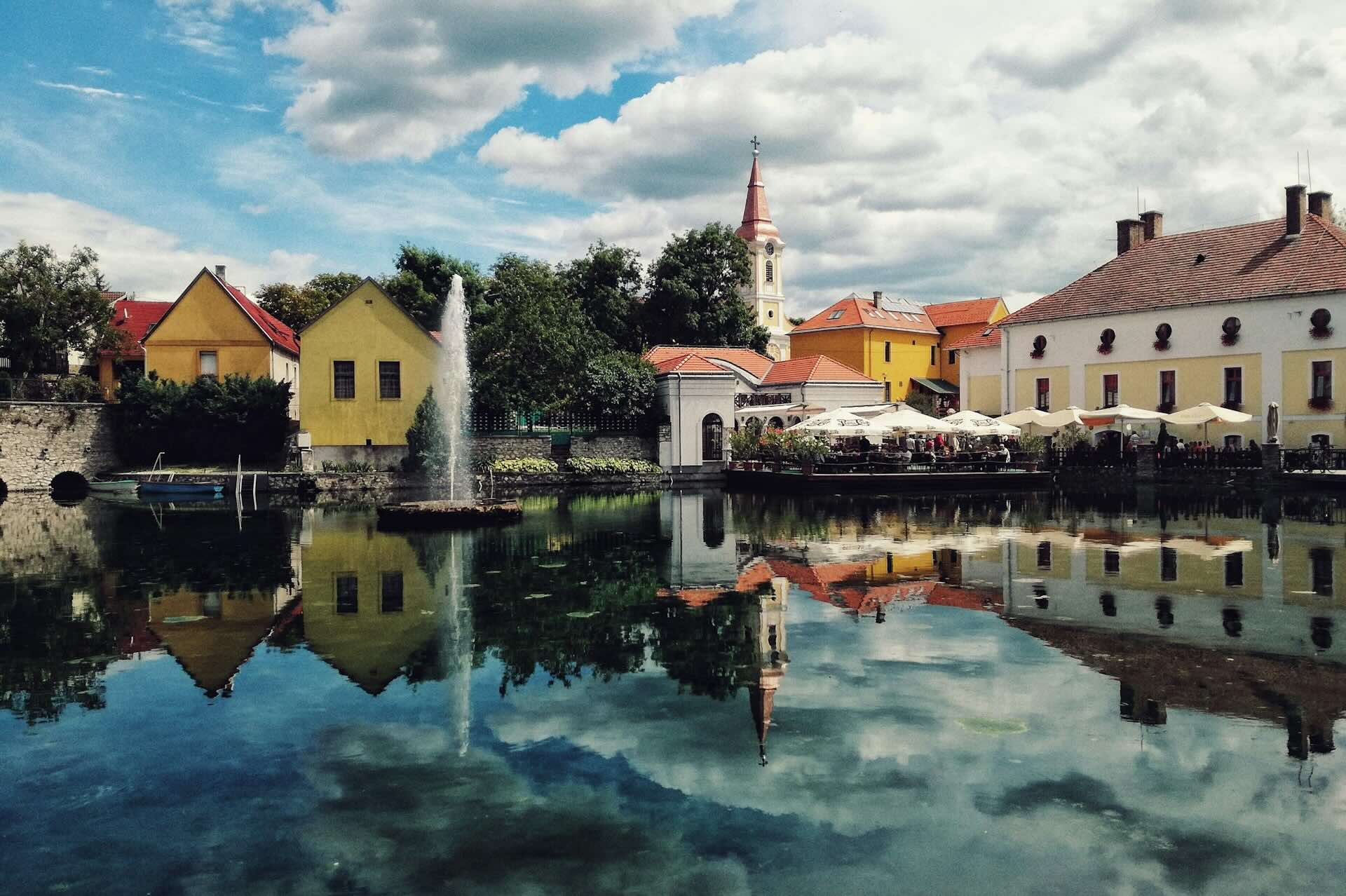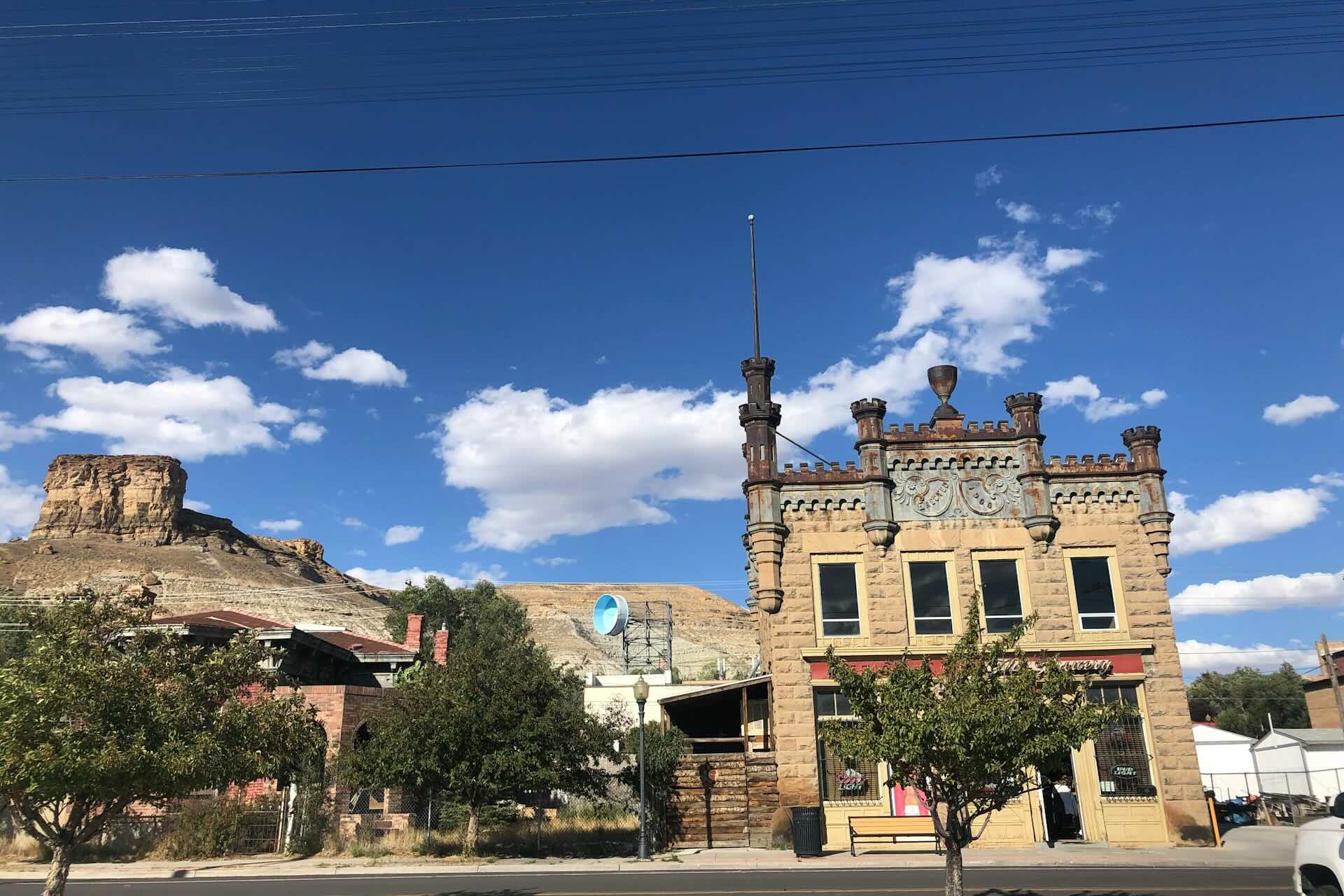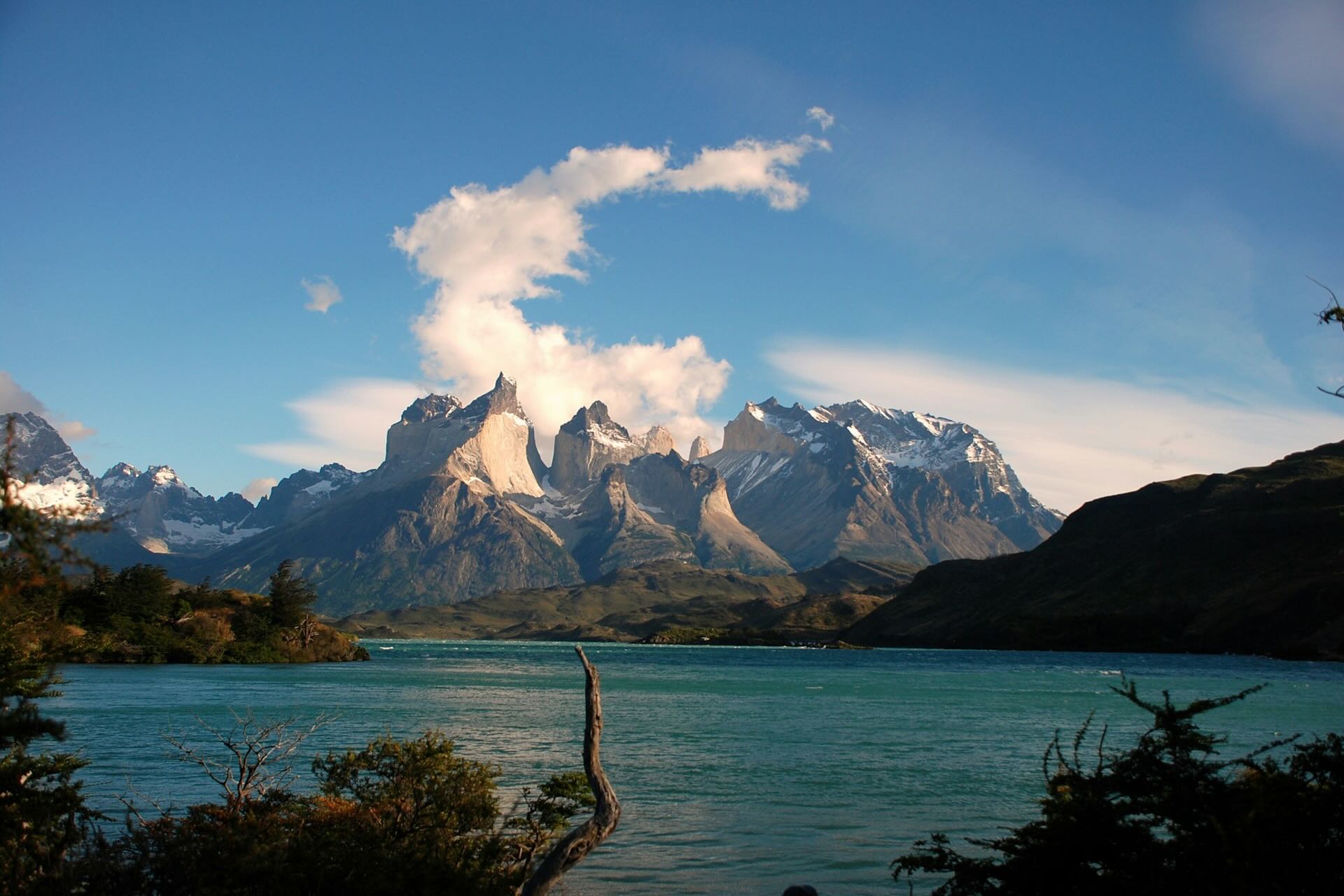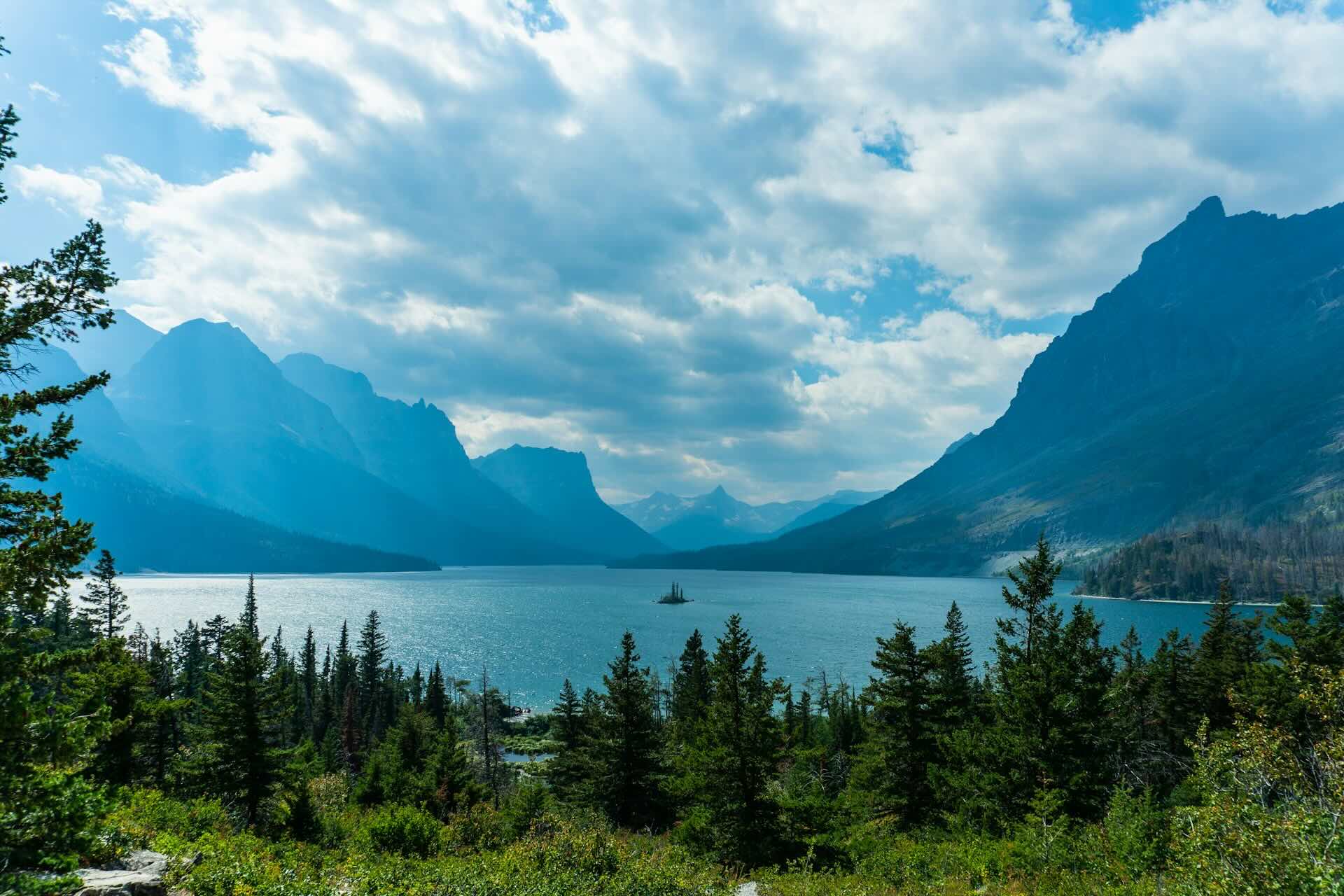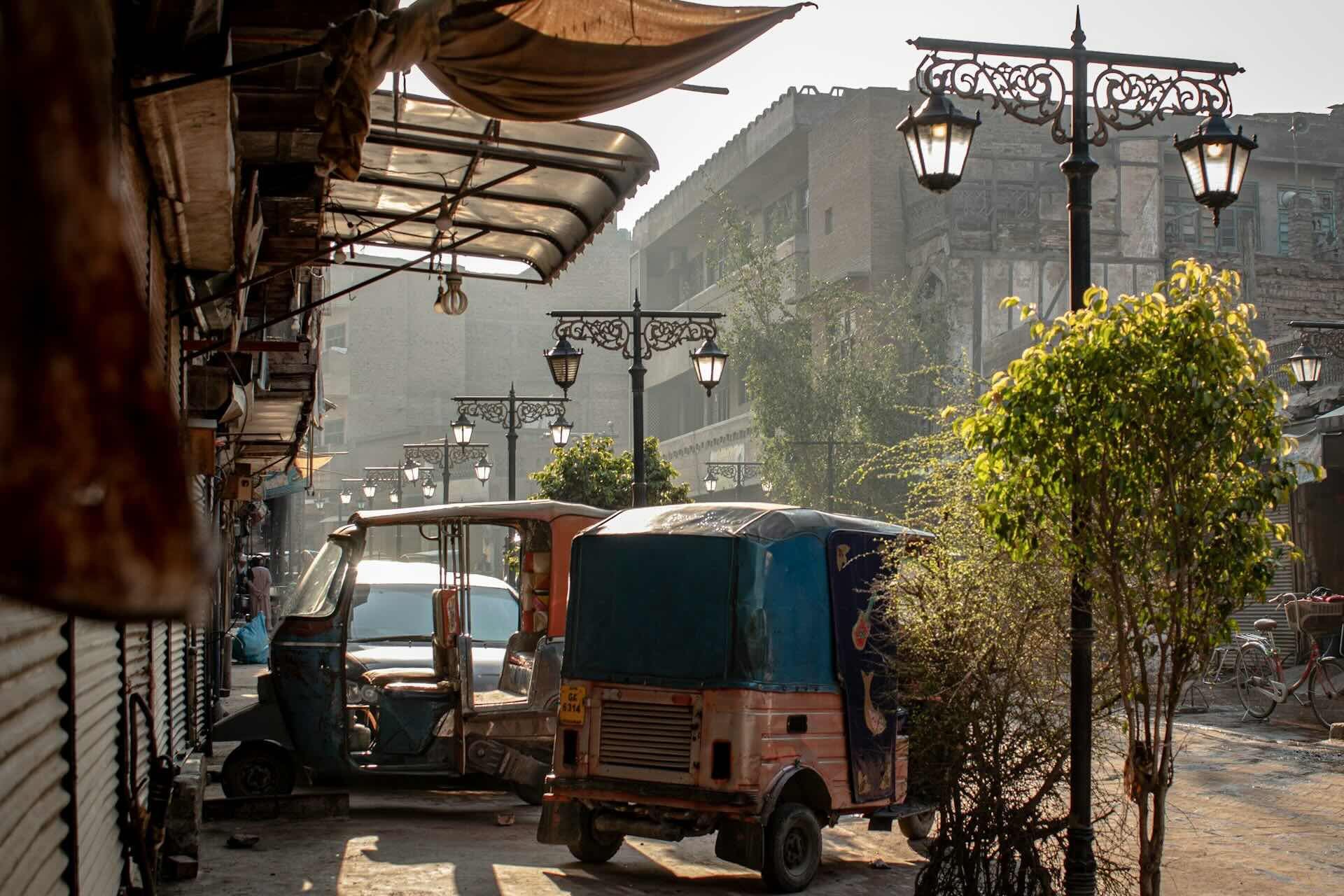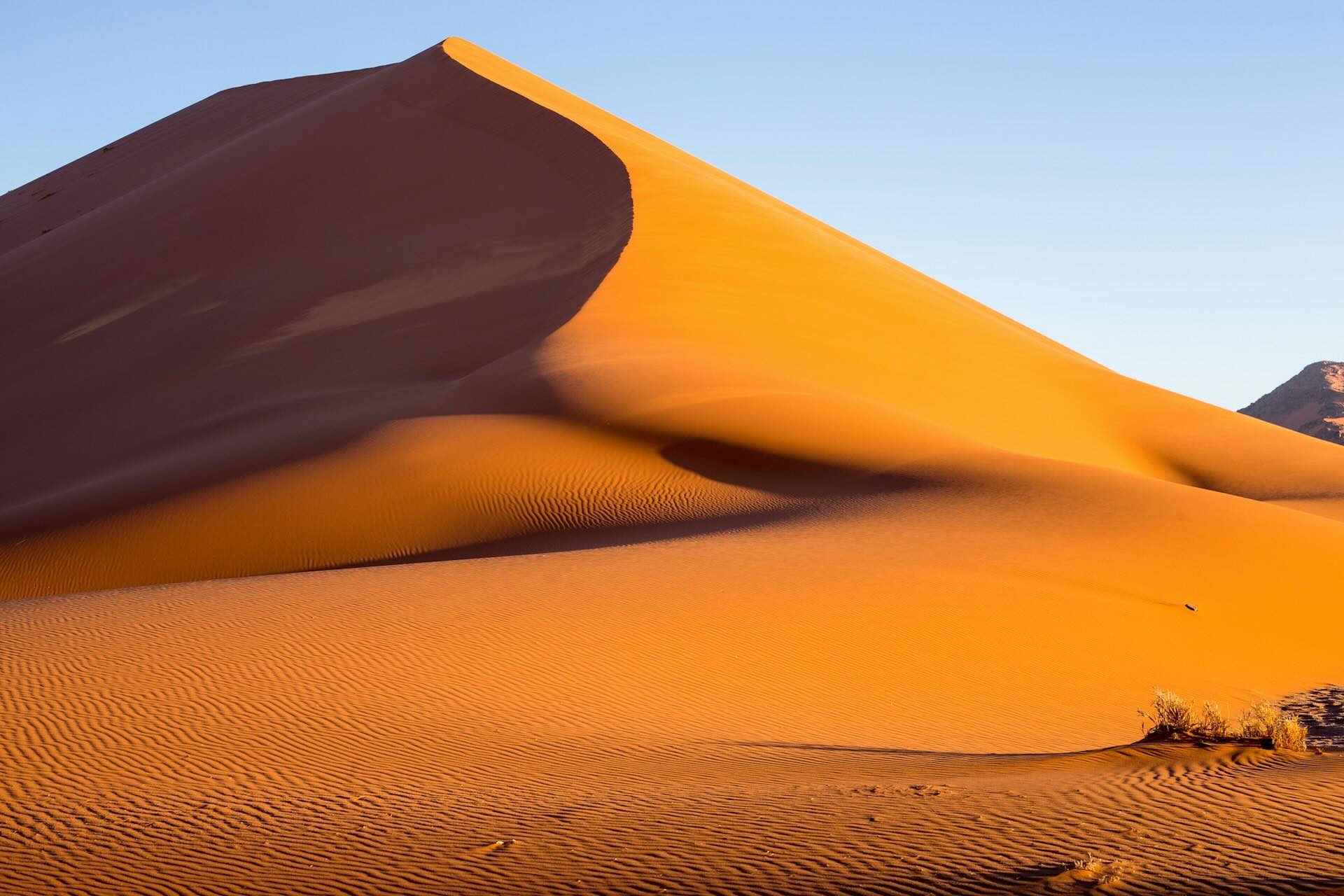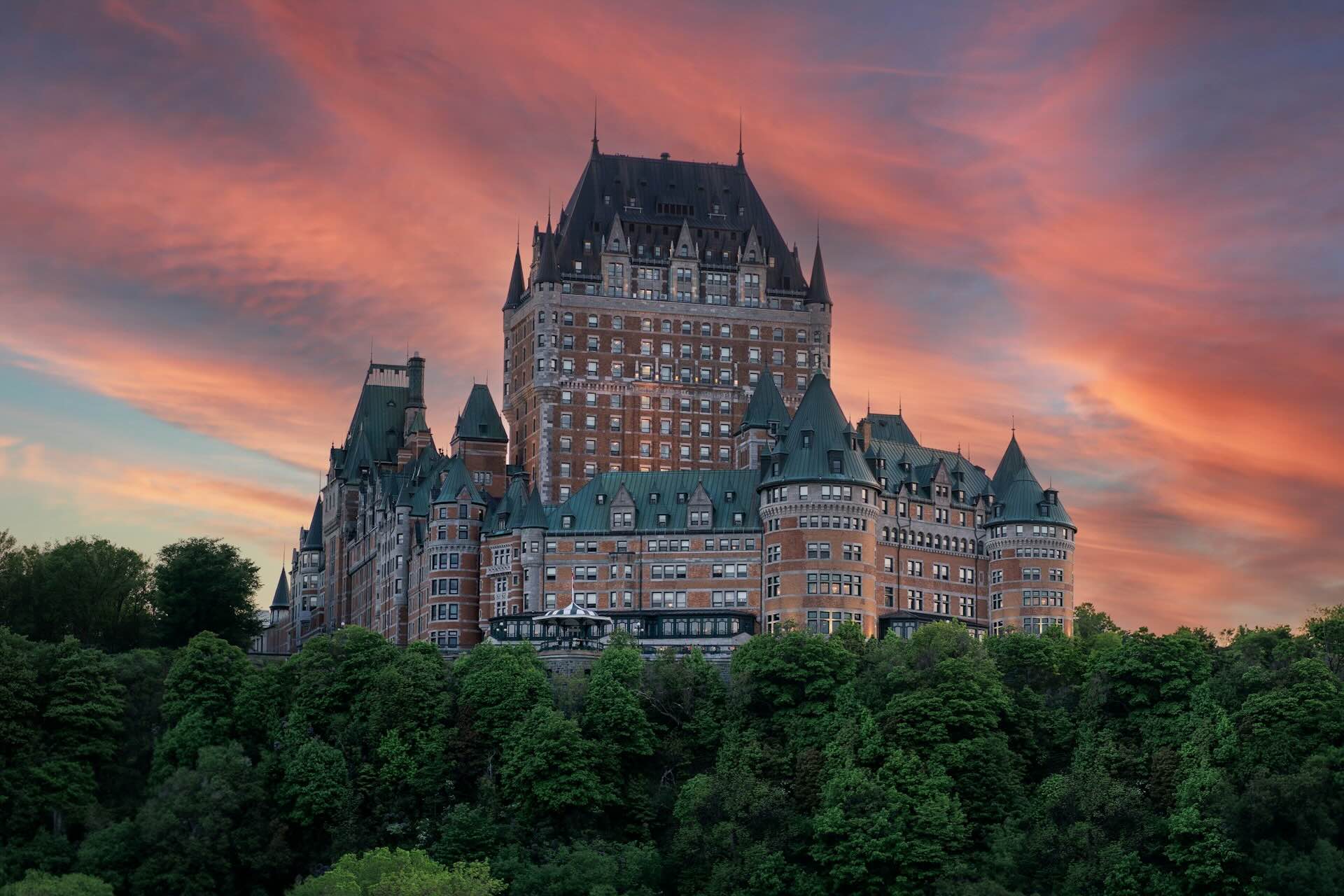Traveling through Europe doesn’t have to break the bank. While many picture luxury hotels, fine dining, and expensive train rides, the truth is that Europe can be one of the easiest continents to explore on a budget—if you know where to look. From low-cost flights and regional trains to local markets and budget-friendly stays, Europe offers countless ways to experience culture, food, and history without spending a fortune. This essential guide breaks down how to travel Europe affordably while still enjoying every moment.
Choosing Budget-Friendly Destinations
Some European countries are naturally easier on the wallet than others. While cities like Paris, Zurich, or London often top the list for expenses, other destinations provide incredible value without sacrificing beauty or experience.
Eastern Europe
Countries like Poland, Romania, Hungary, and Bulgaria offer rich history, stunning architecture, and affordable prices. A meal in Kraków might cost a fraction of what you’d pay in Paris, and accommodations in Sofia or Bucharest are both comfortable and inexpensive.
Southern Europe
Portugal, Greece, and parts of Spain remain great options for travelers on a budget. Enjoy Mediterranean beaches, local cuisine, and lively cities for less than you’d expect. Smaller towns in these regions often provide the best deals, especially during shoulder seasons in spring and fall.
The Balkans
Albania, Bosnia and Herzegovina, and Montenegro are emerging as some of Europe’s best-kept secrets. They offer coastal views, mountain adventures, and authentic local experiences at a fraction of the cost of Western Europe.
Affordable Transportation Options
Getting around Europe can be efficient and affordable with the right strategies.
Budget Airlines
Europe’s low-cost carriers—such as Ryanair, Wizz Air, and easyJet—offer flights between major cities for as little as the cost of a restaurant meal. Booking in advance and traveling light keeps prices low. Always check luggage policies, as fees can add up quickly.
Trains and Buses
Rail passes like Eurail and Interrail are ideal for travelers planning multiple stops. In many Eastern European countries, local trains and buses are cheaper than in the West but just as reliable. Companies like FlixBus connect hundreds of cities across the continent with comfortable, budget-friendly rides.
Ridesharing and Car Rentals
Apps like BlaBlaCar let you share rides with locals heading in the same direction, cutting transportation costs and adding a social element to travel. For small groups, car rentals can also be economical, especially in rural areas where public transportation is limited.
Finding Affordable Accommodations
Europe’s range of lodging options ensures something for every budget and travel style.
Hostels
Modern hostels are no longer just for backpackers. Many offer private rooms, clean facilities, and community spaces. Staying in a hostel is one of the best ways to meet fellow travelers and share tips about local attractions.
Guesthouses and Family-Run Inns
In smaller towns, guesthouses and pensions offer a personal touch and great value. Breakfast is often included, and hosts can provide insider advice on local dining and sightseeing.
Vacation Rentals
Platforms like Airbnb or Booking.com feature affordable apartments across Europe. Booking longer stays can unlock discounts, and having a kitchen allows you to save money by cooking some meals yourself.
Budget Hotels
Chains like Ibis, B&B Hotels, and Premier Inn provide comfort and consistency at reasonable prices. Booking early and outside major tourist zones often yields the best rates.
Eating Well on a Budget
Sampling Europe’s cuisine is one of the best parts of travel—and it doesn’t require fine dining.
Street Food and Local Markets
In every major city, you’ll find open-air markets and food stalls serving local favorites at low prices. From souvlaki in Athens to pierogi in Warsaw, street food captures the essence of European flavor without the expense.
Bakeries and Cafés
In countries like France, Italy, and Austria, bakeries offer delicious pastries and sandwiches for a few euros. Sitting at a café and people-watching is both affordable and authentically European.
Supermarkets and Picnics
Buying fresh produce, bread, and cheese from local supermarkets or markets allows for budget-friendly picnics. Many parks and plazas make perfect picnic spots, especially in summer.
Lunch Specials and Set Menus
In many European cities, restaurants offer discounted lunch menus—often the same quality as dinner at half the price. Take advantage of these midday deals to enjoy local cuisine without overspending.
Free and Low-Cost Activities
Exploring Europe doesn’t require a hefty budget. Some of the most memorable experiences cost little to nothing.
Walking Tours
Many cities offer free walking tours led by knowledgeable local guides. These tours provide history, fun facts, and local insights. Tip your guide at the end to show appreciation.
Museums and Attractions
Across Europe, numerous museums offer free admission on specific days each month. For example, the Louvre in Paris and the Prado in Madrid both have free-entry hours. Smaller museums and local galleries often charge minimal fees.
Nature and Outdoor Exploration
Hiking trails in the Alps, beaches along the Adriatic, or city parks like London’s Hyde Park offer incredible scenery without cost. Walking or biking lets you explore at your own pace and connect with your surroundings.
Cultural Events
From outdoor concerts in Vienna to street festivals in Lisbon, Europe hosts countless free or inexpensive cultural events. Check local calendars for seasonal celebrations, parades, or open-air movie nights.
Money-Saving Travel Tips
A few smart habits go a long way when traveling Europe affordably.
- Travel during shoulder seasons: Late spring and early autumn offer pleasant weather and lower prices.
- Use public transport: Metro systems and trams are efficient and far cheaper than taxis.
- Carry a reusable water bottle: Tap water is safe to drink in most European countries.
- Book early: Flights, trains, and accommodations are often cheaper when reserved in advance.
- Avoid currency exchange kiosks: Use ATMs for better rates, and notify your bank before traveling.
- Stay connected affordably: Use eSIMs or local SIM cards instead of expensive international roaming.
Why Budget Travel in Europe Is Rewarding
Traveling Europe affordably isn’t about cutting corners—it’s about experiencing the continent authentically. Budget travel encourages meaningful interactions, slower exploration, and genuine appreciation of local culture. Instead of rushing through expensive attractions, you’ll linger in small cafés, talk to locals, and uncover hidden gems that luxury travelers often miss.
Europe’s greatest treasures—its history, architecture, food, and natural beauty—are accessible to anyone willing to plan smartly and travel intentionally. With a mix of preparation and flexibility, exploring Europe on a budget becomes not only possible but incredibly rewarding.
Plan a trip to Europe at TravelPal.ai
